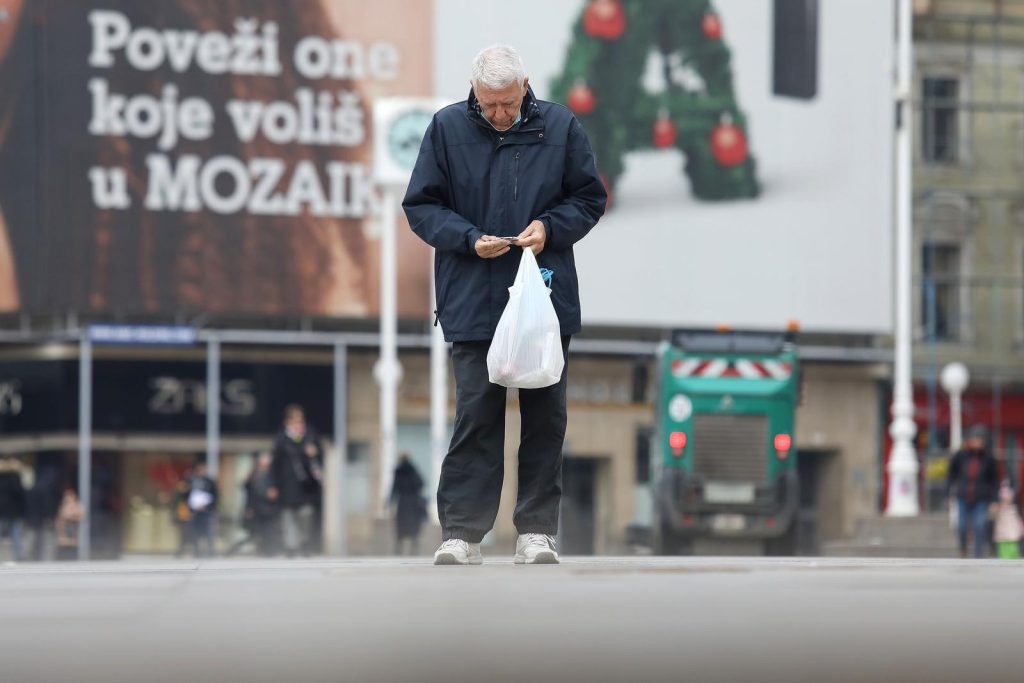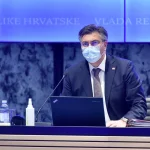According to Eurostat’s methodology, expenditure on social protection benefits includes allocations for the elderly, health care, persons with disabilities, family and children, war veterans, unemployment, social exclusion, and housing.
Slovenia allocated for social protection slightly more than Croatia – €11.6 billion. In the year of coronavirus, expenditure on social protection in Croatia rose by 5% on the year, which was the second most modest increase among EU member states, ahead of Sweden, which increased its social protection expenditure by 4%.
However, unlike Croatia, which provides about €3,000 per capita, Sweden provides €13,000. By comparison, Bulgaria sets aside about half as much as we do, while Hungary’s expenditure on social protection is at about €2,500 per capita. Slovenia spends €5,500 per capita on social protection, the Czech Republic €4,300, and Poland €3,000.
Three European countries which spend the most on social protection per capita are Norway (€18,000), Denmark (nearly €17,000), and Austria (€14,000). They are followed by Germany (about €13,000), France (€12,000), Ireland (€11,000), and Italy (€9,000).
The highest amount of funds in all countries is spent on the elderly and health care. Measured as a percentage of GDP, social expenditure is the highest in France, where it amounts to nearly 36% of GDP, while in Croatia the expenditure is between 24% and 25% of GDP. Slovenia has a similar percentage, while social expenditure measured as a percentage of GDP is the lowest in Ireland, a mere 15%. In the year of coronavirus, Ireland increased its social protection budget by 20%, Germany and France by 7%, while Austria and Hungary increased it by 12%, Večernji List reported.
For more on politics, follow TCN’s dedicated page.











